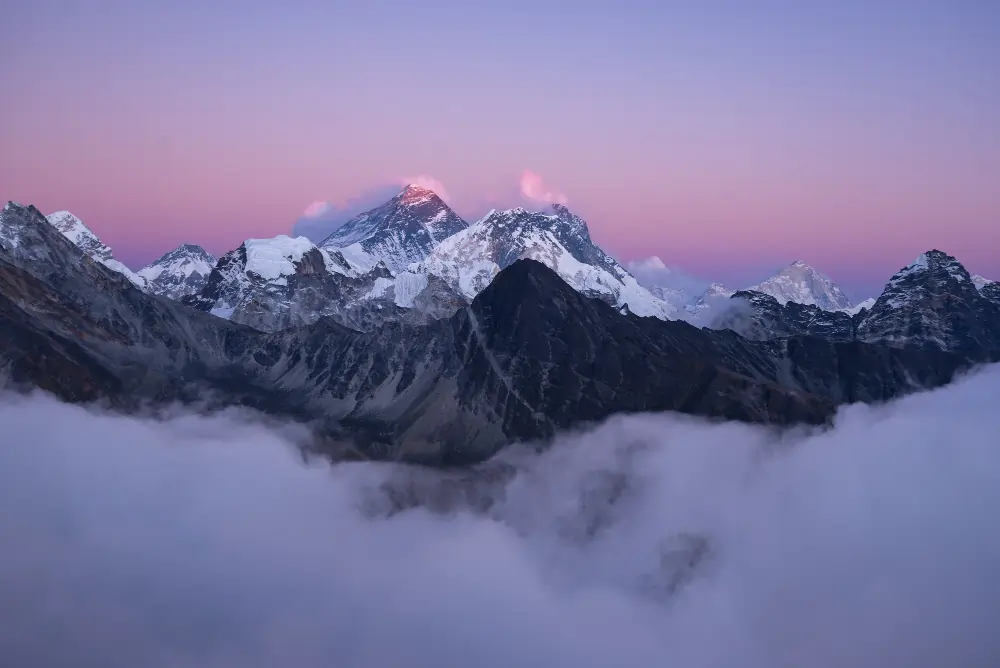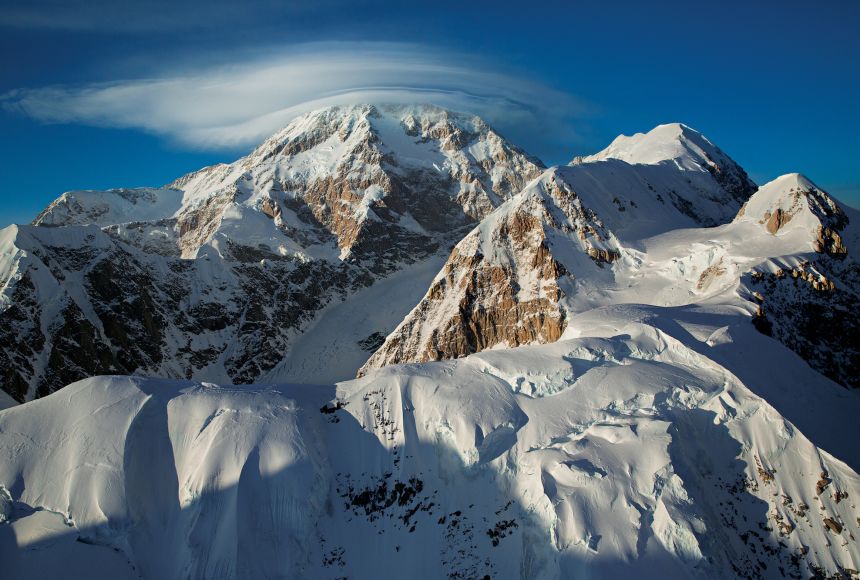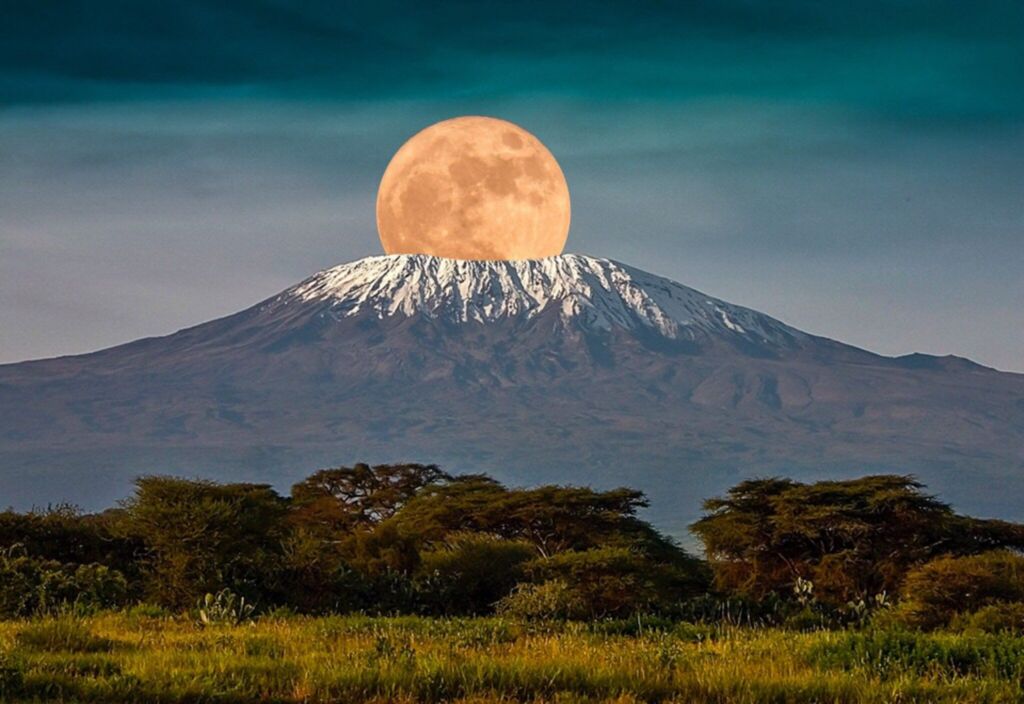Introduction
Have you ever wondered what it takes to reach the summit of the world’s highest mountains? These towering peaks stretch across every continent, offering awe-inspiring landscapes and some of the most extreme challenges on Earth. Did you know that scaling these summits isn’t just a feat of strength and a battle against harsh climates and rugged terrain?
This article will explore seven incredible facts about the world’s highest mountains by continent. Whether you’re an aspiring mountaineer or an adventurer, you’ll find something fascinating in every corner of the globe.
World’s Highest Mountains by Continents
1. Mount Everest – The Crown of Asia
Height: 8,848 meters (29,029 feet)
Location: Nepal-China Border (Himalayas)
Mount Everest, the tallest of all the world’s highest mountains, is renowned for its incredible height and iconic status. Everest is the ultimate symbol of mountaineering, attracting climbers worldwide. Hundreds of adventurers embark on the yearly journey to stand on top of the world.

Challenges: Everest presents numerous challenges, such as thin air, severe cold, and deadly avalanches. Climbing the mountain requires proper acclimatization due to the extremely low oxygen levels, especially at altitudes above 8,000 meters, known as the “Death Zone.”
Climbing Tip: “Proper acclimatization is critical.” Take the time to ascend slowly and steadily. You should train for months, practice climbing at altitude, and use supplemental oxygen above 7,000 meters.
Also Read: Discover the Epic 50 million-year Journey of the Himalayas’ Formation
2. Aconcagua – South America’s Lofty Giant
Height: 6,961 meters (22,837 feet)
Location: Argentina (Andes)
Aconcagua is the tallest mountain outside Asia and the highest point in the Americas. This massive peak in the Andes presents an incredible challenge for climbers, largely because of its unpredictable weather and high altitude.
Challenges: Though technically less difficult to climb than Everest, Aconcagua can be treacherous due to its extreme altitude and harsh wind conditions, which often reach speeds of over 50 miles per hour.
Climbing Tip: Hydration is key. With the dry air and high altitude, dehydration is a common problem. Drink plenty of fluids throughout your climb to combat the dry conditions of the Andes.
Also Read: Top 10 Tallest Mountains of North America
3. Denali – North America’s Coldest Peak
Height: 6,190 meters (20,310 feet)
Location: Alaska, USA

Denali, formerly known as Mount McKinley, is the tallest mountain in North America. The peak is located in Alaska and is famous for its extreme cold, isolation, and rugged wilderness, making it a formidable challenge even for seasoned mountaineers.
Challenges: The weather on Denali is notoriously unpredictable, with temperatures plunging below -40°F in winter. The combination of extreme cold, crevasses, and technical climbing makes it one of the hardest of the world’s highest mountains to scale.
Climbing Tip: Be prepared for the cold. “Layering is essential.” Ensure you have the right gear, including insulated boots, gloves, and down jackets to protect against frostbite.
4. Mount Kilimanjaro – Africa’s Free-Standing Wonder
Height: 5,895 meters (19,341 feet)
Location: Tanzania

Mount Kilimanjaro is Africa’s highest mountain and the tallest free-standing mountain in the world. It is unique because it offers a non-technical climb, meaning even those with minimal experience can reach the summit with proper preparation.
Challenges: The primary challenge of climbing Kilimanjaro comes from its altitude. Many trekkers experience altitude sickness because they ascend too quickly. The weather ranges from tropical rainforests at the base to arctic-like conditions at the summit.
Climbing Tip: “Take it slow.” Follow the popular mantra, Pole Pole (Swahili for “slowly, slowly”), and give your body time to adjust to the altitude.
Also Read: Volcanoes – The Science And Secrets Of The Mountains Of Fire
5. Mount Elbrus – Europe’s Dormant Volcano
Height: 5,642 meters (18,510 feet)
Location: Russia (Caucasus Mountains)
Elbrus is Europe’s highest peak and a dormant volcano in the Caucasus range. It’s one of the easiest of the Seven Summits to climb, but that doesn’t mean it’s without challenges.
Challenges: Mount Elbrus is known for unpredictable weather, including snowstorms and freezing temperatures. Although not technically difficult, climbers must navigate glaciers and crevasses.
Climbing Tip: Learn glacier travel techniques. Ensure you know how to walk with crampons and use ice axes if you encounter any icy patches.
6. Vinson Massif – Antarctica’s Frozen Frontier
Height: 4,892 meters (16,050 feet)
Location: Antarctica
Vinson Massif, the highest mountain in Antarctica, is remote and challenging due to its icy conditions and isolation. Few climbers ever make it to Vinson, making it one of the least climbed of the world’s highest mountains by continents.
Challenges: Climbers face intense cold and fierce winds that can drop temperatures to -40°F. Additionally, the continent’s isolation means rescue operations are difficult and costly, making preparation key to a safe ascent.
Climbing Tip: “Plan logistics meticulously.” Since Vinson Massif is in one of the most remote locations on Earth, all climbers should ensure adequate supplies and communication devices for emergencies.
7. Puncak Jaya – Oceania’s Remote Gem
Height: 4,884 meters (16,024 feet)
Location: Papua Province, Indonesia
Puncak Jaya, or Carstensz Pyramid, is the tallest peak in Oceania and one of the most difficult to access. Its steep rock face and extreme isolation make climbing a serious challenge.
Challenges: Reaching Puncak Jaya’s summit requires technical rock climbing, and the region’s remote nature makes getting to the mountain itself an adventure. Dense jungles and political instability in the area also add to the challenges.
Climbing Tip: “Master rock climbing techniques.” Be prepared for technical climbs, and consider hiring a local guide who knows the region well.
| Continent | Mountain | Height (meters) | Location |
| Asia | Mount Everest | 8,848 | Nepal-China |
| South America | Aconcagua | 6,961 | Argentina |
| North America | Denali | 6,190 | Alaska, USA |
| Africa | Mount Kilimanjaro | 5,895 | Tanzania |
| Europe | Mount Elbrus | 5,642 | Russia |
| Antarctica | Vinson Massif | 4,892 | Antarctica |
| Oceania | Puncak Jaya | 4,884 | Papua Province, Indonesia |
Key Takeaway:
The world’s highest mountains by continents offer extreme challenges, but with proper preparation, climbers can enjoy some of the most breathtaking views on Earth.
Conclusion
Exploring the world’s highest mountains by continents isn’t just about reaching the top; it’s about pushing our physical and mental limits, experiencing some of the harshest environments on Earth, and gaining a new appreciation for the planet’s majestic beauty. Each continent offers unique challenges, from the extreme cold of Denali to the steep rock faces of Puncak Jaya. Whether you are just learning about these towering peaks or planning your next adventure, the lessons from these majestic summits inspire us all to dream big and reach new heights.
What is the world’s highest mountain?
Mount Everest, located on the border between Nepal and China, is the highest mountain in the world, standing at 8,848 meters.
Which continent has the tallest peak?
Asia has the world’s tallest peak, Mount Everest, at 8,848 meters.
Is climbing Mount Kilimanjaro difficult?
Climbing Mount Kilimanjaro is considered non-technical, but altitude sickness can be a major challenge for climbers.
What are the Seven Summits?
The Seven Summits are the highest mountains on each of the seven continents, including Everest, Aconcagua, Denali, Kilimanjaro, Elbrus, Vinson Massif, and Puncak Jaya.
How can I prepare for high-altitude climbs?
Proper acclimatization, hydration, and physical training are essential for preparing to climb the world’s highest mountains.





